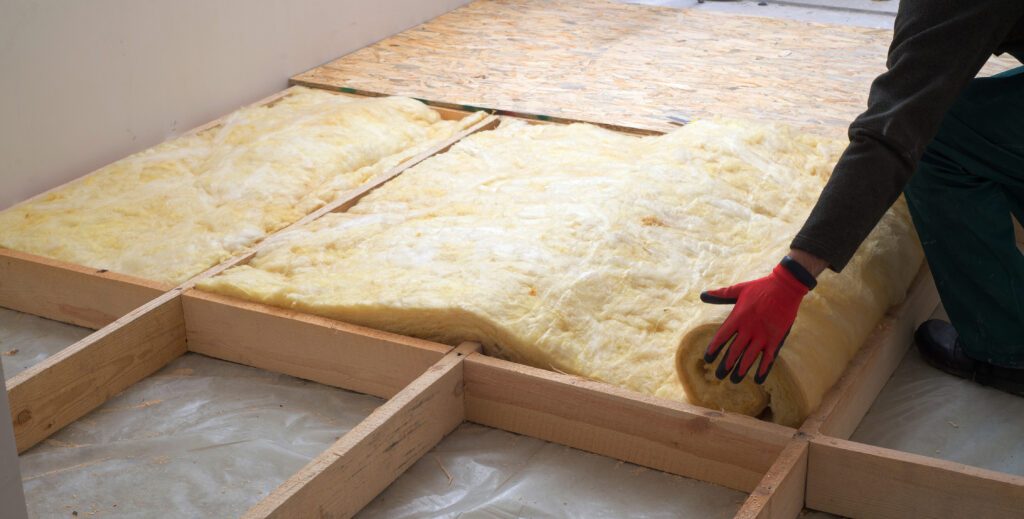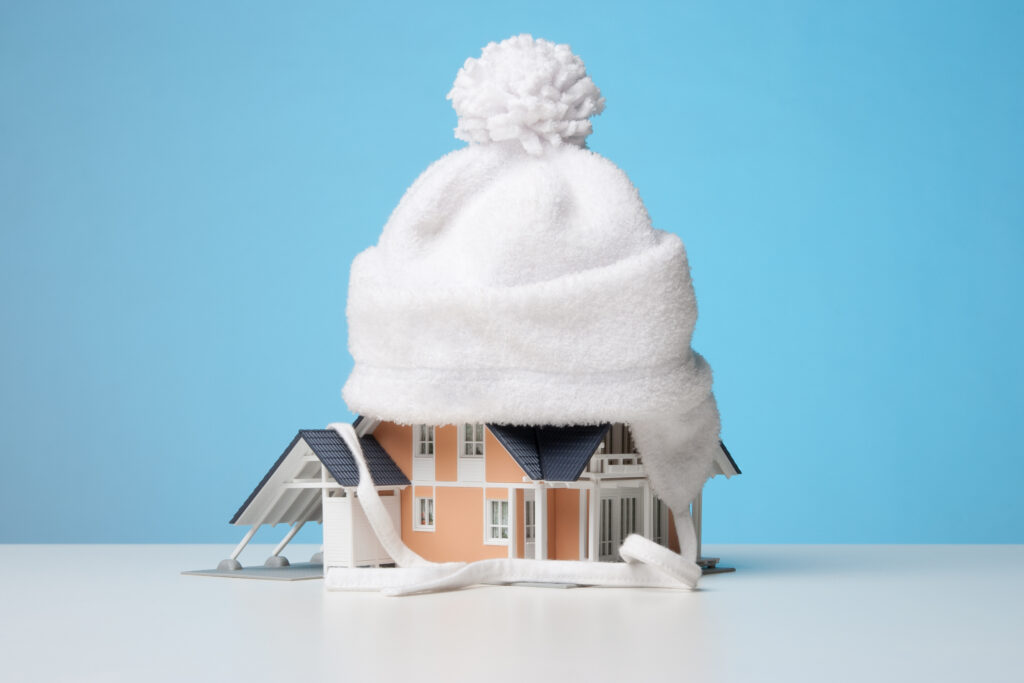Floor insulation has been used for decades. There are a wide variety of floor insulation options to choose from, so finding the right one for your requirements will take some research.
That’s where this guide comes in!
Table of contents:
- What is floor insulation?
- What are the benefits of floor insulation?
- What type of floor do I have?
- Types of floor insulation
- How thick should floor insulation be?
- What you will need
What is floor insulation?

Floor insulation, as suggested in the name, is designed to be used on floors. There is a variety of different floor insulation options to choose from and the benefits are vast when it comes to uses. There is also a wide range of options to choose from. So it’s important you know what you want out of the insulation and how it can benefit you most efficiently.
What are the benefits of floor insulation?
Before you begin looking for insulation, ask yourself this one question:
Do I need to insulate my floor?
The answer to this will depend, primarily, on what type of floor you have. However ,if you’re more inclined to install insulation because of its benefits, you’re in luck!
Typically the main thought when it comes to insulation is the prevention of heat loss, which means you can have a warmer home and save money on heating costs. However, it can also support your home’s insulation by eliminating drafts and creating a vapour barrier – thus reducing moisture!
Floor insulation can also be beneficial to your pipes, allowing for a reduced risk of freezing in colder weather.
What type of floor do I have?
Many older homes, particularly those built prior to the 1930s, have suspended floors. Typically made of joists and floorboards, this type of floor is likely to be a cause of increased heat loss through the floor. You can tell if you have this type of floor not only by the material it’s made of but also if you have air bricks on the outside of your home or by lifting the carpet to check for floorboards.
If your home has a solid floor (concrete), heat loss is less of an issue. These have been built since the 1930s and offer further insulation to a property. Floor insulation can still be installed, typically consisting of a layer of solid insulation placed directly onto the floor.
There are also new floor designs for many modern houses. Today many homes install slabs of polystyrene insulation
For properties with basements, you can insulate the basement itself or the floor between the basement and the first floor. This can be done by installing insulation between the joists, with battens put underneath the joints for further installation. For further installation advice, check out our installing a floor guide.
Types of floor insulation
What floor insulation will I need? Check this out.
| Insulation | Thickness (from) | Thermal Conductivity (k-value) (from) | Best used for | Advantages |
| PIR (polyisocyanurate) | 20mm | 0.021 W/mK | •Large areas •Removing the need to plaster •Short time until it can be decorated | •Cost-effective •Thermally efficient •Easy to cut •Easy to work with •No dangerous fibres •Time-saving •Range of thicknesses |
| Phenolic foam | 25mm | 0.018 W/mK | •Large areas •Removing the need to plaster •Short time until it can be decorated | •Cost-effective •Thermally efficient •Easy to cut •Easy to work with •No dangerous fibres •Time-saving •Range of thicknesses |
| Gypsum | 20mm | - | •Removing the need to plaster •Short time until it can be decorated •Acoustics | •Time-saving •Cost-effective •Range of thicknesses |
| Expanded polystyrene (EPS) | 25mm | 0.030 W/mK | •Large areas | •Cost-effective •Very thermally efficient •Easy to cut and work with •No dangerous fibres |
| Extruded Polystyrene (XPS) | 30mm | 0.032 W/mK | •Large areas •Non-eco-friendly homes | •Cost-effective •Very thermally efficient •Easy to cut and work with •No dangerous fibres |
| Wood fibre | 40mm | 0.038 W/mK | •Large areas | •Cost-effective •Very thermally efficient •Easy to cut and work with •No dangerous fibres |
| Acoustic resilient layer | 17mm | - | •Rooms that need to keep sound in •Rooms that need to keep sound out •Acoustics | •Joint thermal and acoustic •Can reduce room-to-room noise •Can reduce outside noise |
How thick should floor insulation be?
In short, more insulation means better results. Installation, however, can be a risk to it depending on what you plan to install. So it’s useful to install as much as you can, but keep in mind that the type of insulation will matter.
For example, if you plan to install packing a wool-like structure tightly into the space then this will compress the air bubbles. This won’t be efficient because of how this type of insulation works by trapping tiny pockets of air within the fabric.
The trapped air is what supports the heating of the home as it acts as a heat barrier. Find out more in our Insulation buyer’s guide.
What you will need

Insulating the floor of a property will depend on the type of floor, but typically you will need the following items:
Solid floor:
- Damp proof membrane
- Coustic barrier mat
- Acoustic MDF sheet
- Insulation board
Suspended floor:
- Insulation netting
- Insulation slab, insulation board or insulation roll
If you have a wooden floor, this type of flooring can also be supported using a carpet and/or rugs. By doing this, you can seal gaps between boards which can help keep the heat in.
To find out how to insulate a floor, check out our guide to insulating a floor! You can discover both how to insulate a solid floor and how to insulate a suspended floor.
In the end, insulating your floor can help you long term. Supporting not only the insulation of your property by keeping it warm but how you run your home’s heating in general; helping you save costs.















